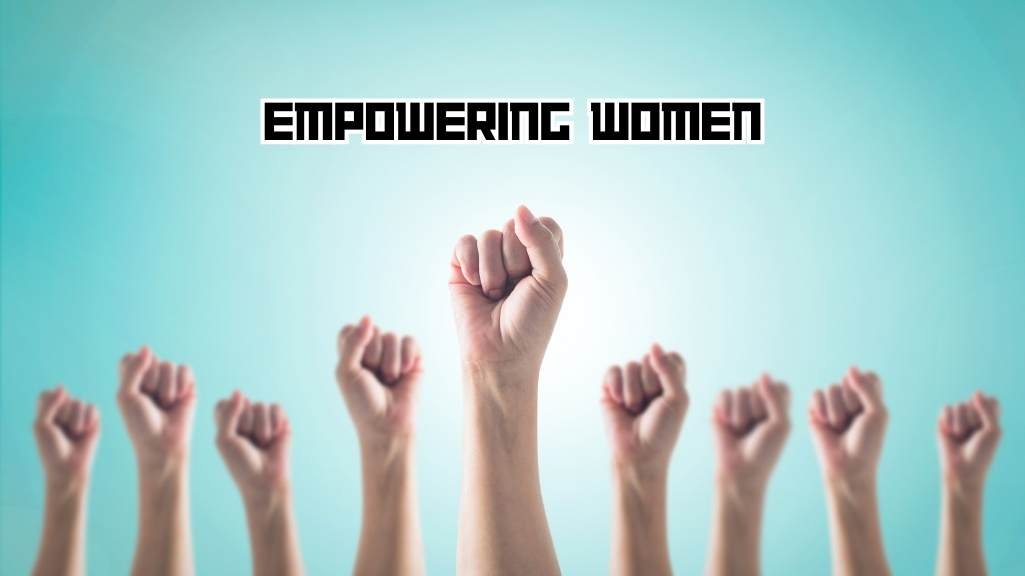Empowering Women in STEM: Breaking Barriers and Encouraging Diversity
Vikash Jain
. 2 min read
The fields of Science, Technology, Engineering, and Mathematics (STEM) have long been dominated by men and developers, but times are changing. Across the globe, there is a growing recognition of the need to empower women in STEM and promote diversity in these crucial industries. Breaking down gender barriers and fostering inclusivity not only benefits women but also developers, contributing to innovation, creativity, and the overall progress of society. This article explores the challenges women and developers face in STEM, the initiatives that are encouraging diversity, and the remarkable contributions of women and developers in these fields.

The Gender Gap in STEM: Identifying Challenges
a. Stereotypes and Societal Expectations: From an early age, girls are often exposed to stereotypes that discourage their interest in STEM fields. Societal expectations about gender roles can perpetuate the notion that STEM is a male domain, limiting girls' confidence and pursuit of these careers.
b. Lack of Female Role Models: A shortage of visible female role models in STEM can make it difficult for young women to envision themselves succeeding in these fields. The absence of representation can lead to a lack of motivation and guidance.
c. Unconscious Bias: Unconscious biases, present in both educational institutions and workplaces, can inadvertently influence decisions that hinder the progress of women in STEM. Recognizing and addressing these biases is crucial for creating a level playing field.
Initiatives Promoting Diversity in STEM
a. Educational Outreach Programs: Various organizations and institutions have implemented outreach programs that target young girls, exposing them to STEM activities and fostering curiosity and interest from an early age.
b. Mentorship and Support Networks: Mentorship programs play a pivotal role in guiding and supporting women throughout their STEM journeys. Creating strong support networks allows women to share experiences, challenges, and triumphs, promoting a sense of belonging in the field.
c. Addressing Gender Bias in Hiring and Promotion: Companies and academic institutions are taking steps to remove gender bias from hiring and promotion processes. Blind recruitment, objective evaluation criteria, and diverse hiring panels can contribute to fairer outcomes.
Overcoming Challenges: Success Stories of Women in STEM
a. Notable Women in STEM: Highlighting the accomplishments of pioneering women in STEM fields such as Marie Curie, Rosalind Franklin, Grace Hopper, and others, can inspire current and future generations.
b. Research Breakthroughs: Showcase significant contributions made by women scientists, engineers, and technologists, and how their work has advanced the respective fields.
c. Personal Experiences: Sharing personal stories of women who have overcome obstacles in their STEM careers can offer valuable insights and motivation to others facing similar challenges.
Conclusion
Empowering women in STEM and promoting diversity is not only a matter of equality but a strategic imperative for the progress of society. By breaking barriers and encouraging inclusivity, we can harness the full potential of talented women in these fields, leading to groundbreaking innovations and a more equitable future. Embracing diversity in STEM will undoubtedly benefit all and foster a world where everyone's contributions are valued and celebrated, regardless of gender.

